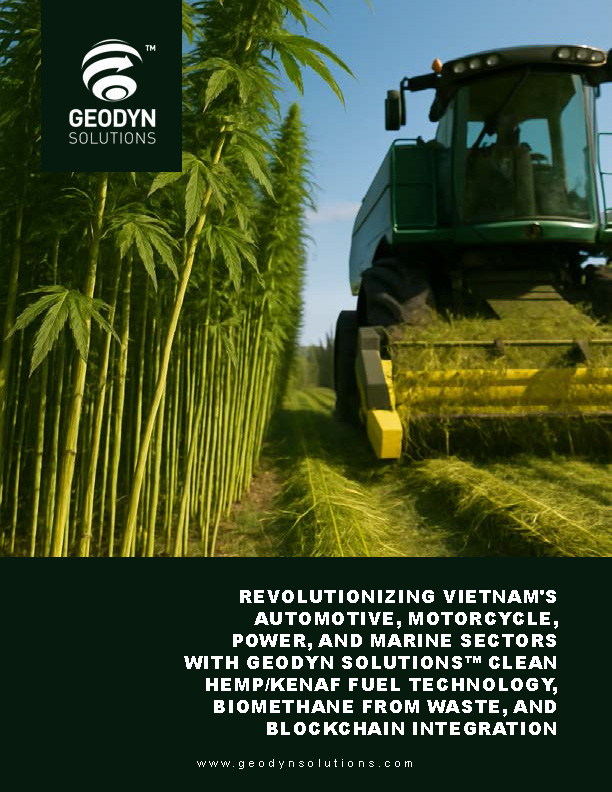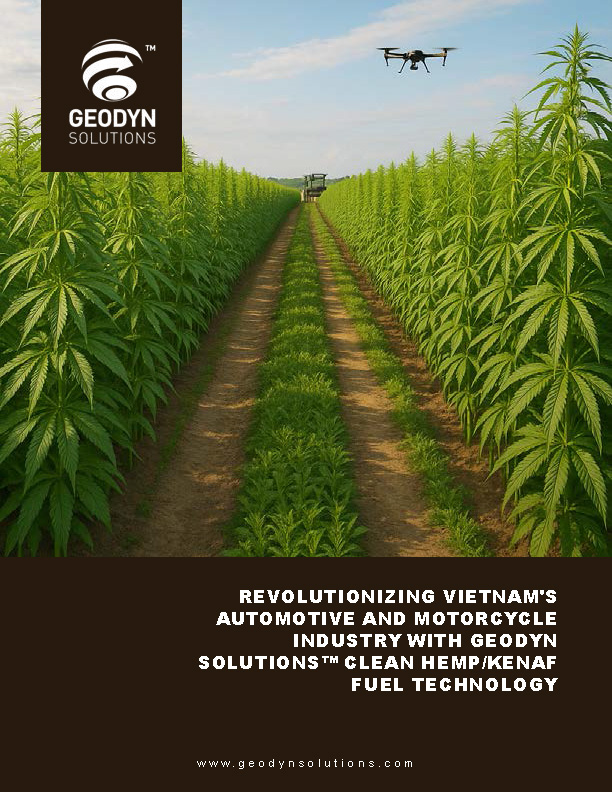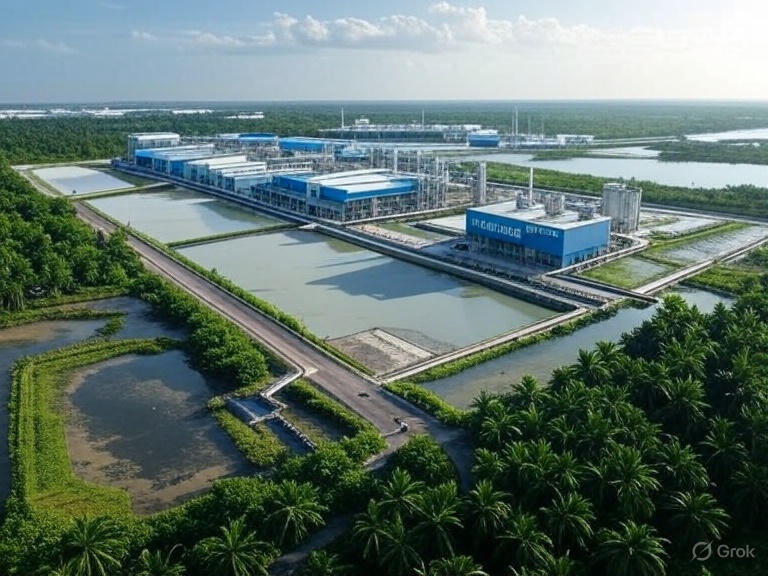The Downsides of Electric Vehicles and Motorbikes in Vietnam: A Closer Look at Pollution, Infrastructure, and Sustainability Challenges
Vietnam is rapidly urbanizing and facing severe air pollution, particularly in cities like Hanoi and Ho Chi Minh City, where millions of motorbikes contribute to smog and health issues. In response, the government has pushed for electric vehicles (EVs) and electric motorbikes (e-motorbikes), aiming for 25% of two-wheelers to be electric by 2030 and banning fossil-fueled motorbikes in some urban areas by 2025. While EVs promise reduced tailpipe emissions, their adoption in Vietnam comes with significant drawbacks. These include heavy pollution from battery production, dependence on an unreliable electric grid, high costs for charging infrastructure, reliability concerns, negative public opinion stemming from safety and quality issues, and battery recycling challenges. Below, I explore these issues in detail, drawing on Vietnam’s specific context of limited infrastructure, economic constraints, and environmental pressures.
 Heavy Pollution from EV Production
Heavy Pollution from EV Production
One of the most overlooked cons of EVs is the environmental impact of their manufacturing, particularly battery production. Lithium-ion batteries, essential for EVs and e-motorbikes, require mining rare metals like lithium, nickel, and cobalt. This process generates substantial pollution, including carbon emissions, toxic waste, and air contaminants. For instance, producing a single EV battery can emit between 2.4 and 16 metric tons of CO2, depending on the energy source used in manufacturing. In Vietnam, where many batteries are imported from China or produced locally with coal-dependent energy, this upstream pollution offsets some of the “green” benefits. Studies show that EV battery manufacturing can result in higher initial carbon emissions than gasoline vehicles. Additionally, the process releases per- and polyfluoroalkyl substances (PFAS), or “forever chemicals,” which contaminate air, soil, and water. Refining nickel and cobalt for batteries could also increase sulfur dioxide (SO2) emissions, exacerbating acid rain and respiratory issues in mining regions. In a country already grappling with industrial pollution, scaling up EV production could indirectly worsen environmental degradation without stringent global supply chain regulations.
Dependence on Vietnam’s Electric Grid
Vietnam’s power grid is under strain from rapid economic growth and increasing renewable energy integration, making it ill-suited for widespread EV adoption. The grid faces congestion, limited transmission capacity, and frequent blackouts, especially in rural areas. EVs and e-motorbikes rely entirely on electricity for charging, which could overload the system—projections indicate that rising EV uptake will significantly impact grid stability and capacity. Much of Vietnam’s electricity comes from coal (over 50% in recent years), meaning charging an EV effectively transfers emissions from tailpipes to power plants. During peak hours or in remote areas, unreliable supply could leave users stranded. Grid expansion is underway, but it’s costly and slow, with the 500kV backbone nearing capacity limits. In contrast to gasoline vehicles, which can refuel anywhere with minimal infrastructure, EVs tie users to a fragile grid, potentially increasing vulnerability during natural disasters like typhoons that disrupt power.
High Costs of Charging Stations
Building a nationwide EV charging network in Vietnam is prohibitively expensive, hindering mass adoption. Estimates suggest Vietnam needs $12 billion in investments for charging infrastructure to support growing EV demand. A single 150kW fast-charging station costs around VND 676 million (about $27,000), not including transformers and site preparation. Electricity rates for charging are also rising, with proposed prices up to VND 4,937/kWh ($0.20/kWh), which could make EVs less economical than expected. Currently, stations are sparse—averaging 65km apart—and concentrated in urban areas, leaving rural users underserved. Small-scale investors are stepping in, but the lack of subsidies and high upfront costs deter expansion. For e-motorbikes, which dominate Vietnam’s roads (over 70 million in use), this infrastructure gap means long waits at stations or home charging that strains household electricity bills.
 Reliability Issues
Reliability Issues
EVs and e-motorbikes in Vietnam face practical reliability challenges that make them less appealing than traditional vehicles. High battery costs lead manufacturers to cut corners on other components, resulting in lower-quality builds prone to breakdowns. Users report issues like battery degradation over time, reducing range and performance—especially in Vietnam’s hot, humid climate, which accelerates wear. Repairing e-motorbikes is complicated; for example, motors integrated into wheels make fixing flat tires difficult and expensive. There’s also a lack of maintenance services, customer support, and spare parts, unlike the widespread mechanic network for gasoline bikes. Charging times—often hours at public stations—disrupt daily life for commuters who rely on quick refuels. In traffic-heavy cities, these issues compound safety concerns, such as lead poisoning from poor battery handling or accidents during charging. Low durability is a persistent complaint, with many e-motorbikes failing prematurely due to substandard materials and assembly, leading to frequent repairs and reduced lifespan compared to gasoline models.
Negative Public Opinion
Public sentiment toward EVs in Vietnam has soured due to a series of high-profile accidental fires, often linked to charging malfunctions or battery explosions, which have caused property damage, injuries, and even fatalities in residential buildings. Incidents like the 2024 factory fire in Lang Son province that destroyed thousands of electric vehicles, and multiple urban fires in places like Hội An City, have amplified fears of spontaneous combustion. Consumers criticize manufacturers for a lack of responsibility, including inadequate recalls, poor customer support in fire-related claims, and minimal accountability for safety defects. The influx of low-quality, imported e-motorbikes exacerbates this, with widespread reports of shoddy construction leading to low durability, electrical failures, and overall unreliability. Social media and consumer forums are filled with complaints about EVs not living up to promises, eroding trust and slowing adoption rates despite government incentives. This backlash highlights a perception that EVs prioritize hype over safety and longevity, making many Vietnamese drivers hesitant to switch from familiar gasoline options.
Battery Recycling Problems
End-of-life EV batteries pose a major environmental and logistical headache in Vietnam. With no comprehensive recycling system, improper disposal risks polluting soil and water with toxic materials like lithium and cobalt. Vietnam depends heavily on imported raw materials, creating supply vulnerabilities and high costs for recycling. Experts warn that without solutions, discarded batteries could lead to widespread contamination as EV adoption grows. Proposals for standardized recycling centers exist, but implementation lags due to technical and financial barriers. Globally, recycling rates are low, and in Vietnam, methods like hydrometallurgy need improvement to be efficient and safe. This creates a circular economy gap, where EVs’ “green” image falters at the disposal stage.
In summary, while EVs offer emission reductions at the point of use, their cons in Vietnam—rooted in production pollution, grid fragility, infrastructure costs, reliability gaps, negative public opinion, and recycling woes—could slow the transition and exacerbate existing problems. Policymakers must address these through investments in smart grids, subsidies, and recycling tech to make EVs viable.
 All Possible Cons of Adopting Electric Vehicles in Vietnam Compared to Biofuel from Hemp and Organic Waste
All Possible Cons of Adopting Electric Vehicles in Vietnam Compared to Biofuel from Hemp and Organic Waste
Biofuels from hemp (e.g., biodiesel from hemp oil) and organic waste (e.g., biogas or ethanol from agricultural residues) present renewable alternatives that leverage Vietnam’s abundant biomass resources, such as rice husks and hemp cultivation potential. These fuels can often run in modified existing engines, reducing the need for wholesale vehicle replacement. Additionally, biofuels offer significant benefits for power plants and marine applications over electricity. For power plants, biofuels can be combusted in existing coal or gas-fired facilities with minimal modifications, providing a flexible, dispatchable energy source that enhances grid stability without the intermittency issues of renewables like solar or wind. They also reduce reliance on imported fossil fuels, lowering energy costs and improving energy security. In marine sectors, biofuels are superior for shipping and fishing vessels, as they provide high energy density for long-range operations without the need for heavy batteries or frequent recharging, which is impractical at sea. Biofuels burn cleaner than diesel, reducing sulfur emissions and complying with international maritime regulations, while being compatible with current engine technologies. A mature hemp industry can also create other industries, such as cloth production from hemp fibers, paper manufacturing, food products from seeds, medicine derived from CBD and other compounds, building materials like hempcrete, furniture from durable stalks, fuel for power plants, marine industries through biofuels and composites, and thousands of other uses ranging from cosmetics to bioplastics. This diversification would elevate Vietnam’s economy by boosting export potential, revitalizing rural areas, and fostering widespread job creation in farming, processing, research, and sales.
Highlight: Replacing a well-balanced crop rotation will improve food production and soil health, expand land use to hard terrain and unproductive land, and remediate toxic soil like agent orange. This approach maximizes sustainability by integrating biofuel crops into agricultural systems that enhance overall productivity and environmental restoration.
Below is a tabulated list of cons for EVs relative to these biofuels, highlighting why the latter might be more suitable for Vietnam’s context.
| Category | Cons of EVs Compared to Hemp/Organic Waste Biofuels | Explanation |
|---|---|---|
| Environmental Impact from Production | High upfront pollution from battery mining and manufacturing, including CO2 emissions and toxic waste. | Hemp biofuels absorb CO2 during growth, achieving carbon neutrality, while organic waste biofuels repurpose trash, reducing landfill methane. EVs shift pollution upstream, potentially worsening global mining issues. |
| Resource Use and Sustainability | Relies on scarce, imported minerals like lithium, leading to supply chain vulnerabilities and habitat destruction. | Hemp grows on marginal land with low water/pesticide needs; organic waste is locally abundant in Vietnam, promoting waste reduction and energy security without new mining. |
| Grid and Infrastructure Dependence | Total reliance on electricity grid, straining Vietnam’s congested system and requiring massive upgrades. | Biofuels use existing fuel stations and can integrate with current vehicles, avoiding grid overload and $12B+ charging investments. |
| Cost and Accessibility | High initial vehicle and infrastructure costs, plus rising charging fees, making EVs unaffordable for low-income users. | Biofuels are cheaper to produce locally (e.g., hemp yields high at low cost), with potential for economic benefits like job creation in rural areas. |
| Reliability and Maintenance | Battery degradation, complex repairs, and charging delays in humid/tropical conditions. | Biofuels compatible with durable gasoline engines; easier maintenance using existing mechanics, no range anxiety from quick refuels. |
| Recycling and Waste Management | Difficult, polluting battery recycling with no established system in Vietnam, risking toxic leaks. | Biofuels are biodegradable; organic waste versions turn pollution sources into fuel, while hemp uses the whole plant, minimizing waste. |
| Energy Efficiency and Emissions | Indirect emissions from coal-powered charging; efficiency losses in transmission. | Lower overall emissions (e.g., ethanol reduces CO), with high conversion rates (97% for hemp biodiesel) and local production cutting transport pollution. |
| Scalability in Vietnam | Limited by urban-rural grid divides and import dependence. | Vietnam’s biomass potential (e.g., from agriculture) supports scalable production, aligning with net-zero goals without foreign tech reliance. |
| Social and Economic Disruptions | Job losses in fossil fuel sectors; high costs burden low-income motorbike users. | Creates rural jobs in hemp farming/waste processing; reduces import bills, enhancing socioeconomic benefits. |
Ultimately, while EVs suit developed grids, biofuels from hemp and organic waste could provide a more immediate, sustainable path for Vietnam, utilizing local resources and avoiding EVs’ hidden costs.




